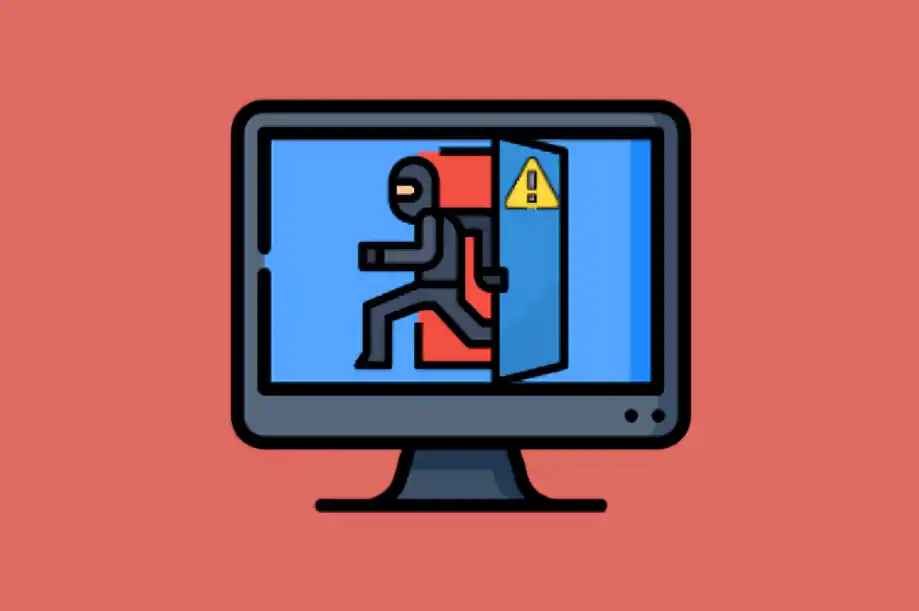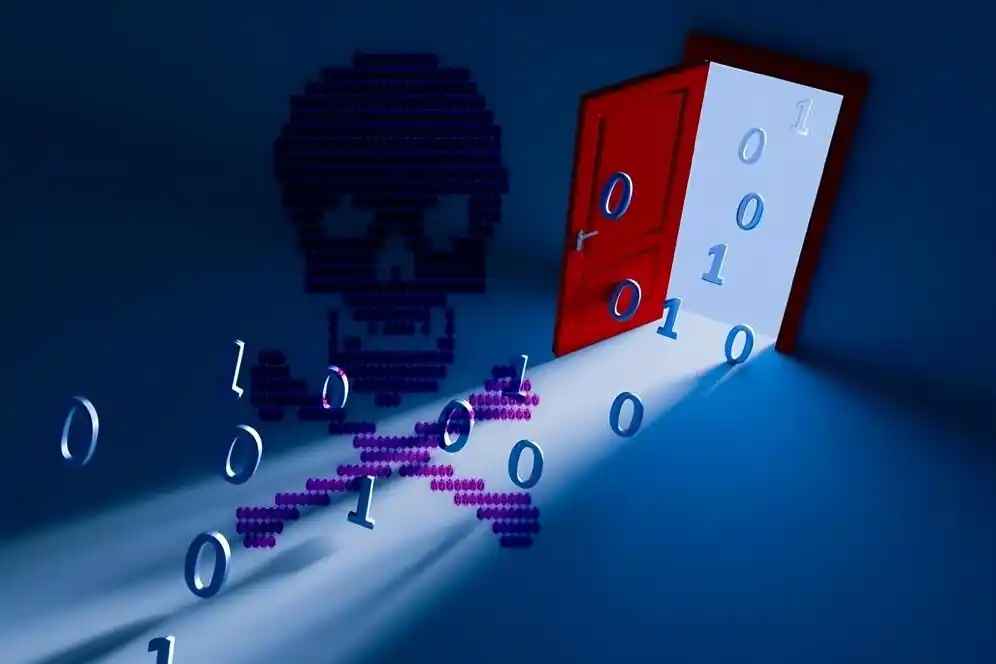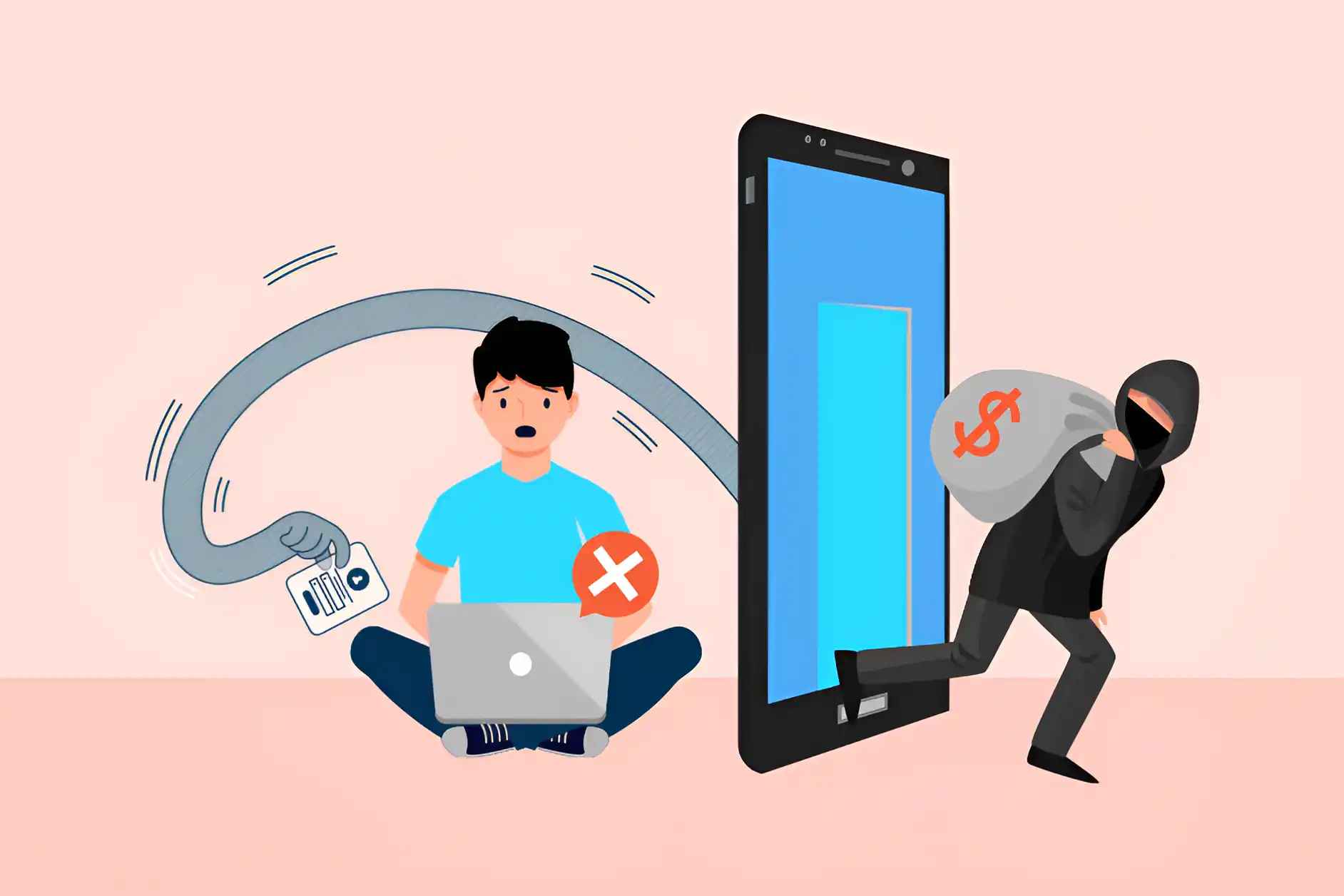Backdoor Attack Explained: The Hidden Threat to Your Cybersecurity
Updated on : 14 December, 2024, 10:30 AM IST

Image Source: Malware Fox
Table Of Contents
- 1. Understanding Backdoor Attack
- 2. How Does a Backdoor Attack Work?
- 3. How Dangerous is a Backdoor Attack?
- 4. Types of Backdoor Attacks
- 5. Is a Backdoor Attack Classified as a Trojan?
- 6. Signs of Backdoor Attacks
- 7. Examples of Backdoor Attacks
- 8. How to Prevent Backdoor Attacks?
- 9. How to Protect Yourself from Backdoor Attacks
- 10. What to Do If You Become a Backdoor Attack Victim
- 11. What Can Hackers Do with a Backdoor?
- 12. Best practices for aversion
- 13. Conclusion
Table Of Contents
Backdoor attack represent a significant threat, allowing unauthorized individuals to infiltrate systems and networks by circumventing standard security protocols. A backdoor is essentially a hidden entry point that can be exploited by attackers to gain access without detection.
Understanding Backdoor Attack

Image Source: media.licdn.com
A backdoor attack is a type of cyberattack where unauthorized individuals gain access to a computer system, network, or application by exploiting vulnerabilities or using hidden entry points. These vulnerabilities can be the result of design flaws, coding errors, or intentional backdoors left by developers for legitimate purposes.
How Does a Backdoor Attack Work?
Backdoor attacks typically follow a series of steps:
-
Initial Access: Attackers often gain initial access through methods such as phishing emails, social engineering, or exploiting software vulnerabilities. For example, they might send an email that appears legitimate but contains a malicious link or attachment.
-
Backdoor Installation: Once inside the system, attackers install backdoor software that allows them to maintain access even if the original vulnerability is patched. This software can be disguised as legitimate applications to avoid detection by antivirus programs.
-
Establishing Persistence: To ensure continued access, attackers may modify system settings or create new user accounts with administrative privileges. This persistence allows them to return to the system at any time without needing to exploit the initial vulnerability again.
-
Exfiltration and Control: With a backdoor in place, attackers can monitor user activities, steal sensitive information, and control the system remotely. They can also deploy additional malware for further exploitation.
How Dangerous is a Backdoor Attack?

Image Source: Ivacy VPN
Backdoor attacks are extremely dangerous due to their ability to compromise systems without detection. The potential impacts include:
-
Data Theft: Attackers can steal sensitive information such as personal data, financial records, and intellectual property.
-
System Control: Once they gain access, attackers can manipulate system settings or install additional malware for further exploitation.
-
Reputation Damage: Organizations that suffer from backdoor attacks may face significant reputational harm and loss of customer trust.
-
Financial Losses: The costs associated with data breaches—including remediation efforts, legal fees, and regulatory fines—can be substantial.
The long-term effects of backdoor attacks can be devastating for both individuals and organizations.
Types of Backdoor Attacks
Backdoor attacks can be categorized into several types based on their origin and purpose:
1. Administrative Backdoors
These are intentionally created by system administrators for legitimate purposes such as remote maintenance or troubleshooting. However, if not properly secured or removed after use, they can be exploited by malicious actors.
2. Malicious Backdoors
Malicious backdoors are created by cybercriminals who intentionally install malware on systems to gain unauthorized access. They often use social engineering tactics or exploit vulnerabilities to introduce these backdoors.
3. Accidental Backdoors
Accidental backdoors occur when developers leave debug code or default passwords in production systems unintentionally. These oversights can provide easy access points for attackers.
4. Hardware Backdoors
These involve modifications made at the hardware level—such as altered chips or firmware—that allow unauthorized access to systems. Hardware backdoors are particularly dangerous as they can be difficult to detect and remove.
Is a Backdoor Attack Classified as a Trojan?

Image Source: www.cyberghostvpn.com
While not all backdoor attacks are classified as Trojans, many share similarities with Trojan horse malware. A Trojan typically disguises itself as legitimate software but contains malicious code that creates a backdoor once installed. Thus, while all Trojans can potentially serve as backdoors, not all backdoor attacks originate from Trojan malware.
Signs of Backdoor Attacks
Detecting a backdoor attack can be challenging due to its stealthy nature. However, some common signs include:
-
Unusual network activity or unexplained data transfers.
-
Unauthorized changes in system settings.
-
Unexpected software installations.
-
Performance issues such as slowdowns or crashes.
-
Alerts from security software regarding suspicious activity.
Examples of Backdoor Attacks
Several high-profile incidents have highlighted the dangers of backdoor attacks:
-
Equifax Data Breach (2017): Attackers exploited an unpatched vulnerability in Equifax's web application framework to install a web shell—a type of backdoor—allowing them access to sensitive customer data.
-
SolarWinds Hack (2020): This sophisticated attack involved compromising the SolarWinds Orion software platform through a backdoor created in legitimate updates. The breach affected numerous government agencies and private companies globally.
-
Yahoo Data Breach (2013-2014): Hackers exploited vulnerabilities in Yahoo’s systems over several years, gaining access through various backdoors and compromising billions of user accounts.
How to Prevent Backdoor Attacks?
Preventing backdoor attacks requires a multi-faceted approach:
-
Regular Software Updates: Ensure that all software is kept up-to-date with the latest security patches.
-
Strong Authentication Practices: Implement multi-factor authentication (MFA) wherever possible to strengthen access controls.
-
Network Segmentation: Divide networks into segments to limit lateral movement by attackers if they gain initial access.
-
Vulnerability Assessments: Conduct regular assessments and penetration testing to identify and remediate potential vulnerabilities.
-
User Education: Train employees on recognizing phishing attempts and safe browsing practices.
How to Protect Yourself from Backdoor Attacks
Individuals can take several steps to safeguard themselves against backdoor attacks:
-
Use Antivirus Software: Install reputable antivirus programs that provide real-time protection against malware.
-
Be Cautious with Downloads: Avoid downloading software from untrusted sources or clicking on suspicious links.
-
Monitor Network Activity: Use tools that monitor network traffic for unusual patterns that may indicate an attack.
-
Secure Home Networks: Change default passwords on routers and other devices; enable encryption protocols like WPA3.
What to Do If You Become a Backdoor Attack Victim
If you suspect that you have fallen victim to a backdoor attack:
- Isolate the Affected System: Disconnect it from the network immediately to prevent further compromise.
- Run Security Scans: Use antivirus and anti-malware tools to detect and remove any malicious software.
- Change Passwords: Update passwords for all accounts accessed from the affected device.
- Notify Relevant Parties: Inform your organization’s IT department (if applicable) or report the incident to authorities if sensitive data was compromised.
- Conduct a Post-Incident Review: Analyze how the breach occurred and implement measures to prevent future incidents.
What Can Hackers Do with a Backdoor?

Image Source: Arkose Labs
Once hackers gain access through a backdoor, they can perform various malicious activities:
-
Data Theft: Stealing sensitive information such as personal details, financial records, or intellectual property.
-
System Manipulation: Altering system configurations or installing additional malware for further exploitation.
-
Remote Control: Gaining full control over infected devices for surveillance or launching other cyberattacks.
-
Creating Botnets: Using compromised devices as part of a botnet for distributed denial-of-service (DDoS) attacks against targeted websites or services.
The potential actions hackers can take with a backdoor are extensive and pose significant risks.
Best practices for aversion
To further avert the risk of backdoor attacks, consider implementing these best practices:
-
Create a Culture of Cyber Awareness: Regularly train employees at all levels about recognizing phishing attempts and other social engineering tactics that could lead to unauthorized access.
-
Use Strong Passwords: Ensure that all accounts have strong and unique passwords that are changed regularly; consider using password managers for better management.
-
Monitor Network Traffic: Continuously monitor network traffic for unusual patterns that may indicate unauthorized access attempts.
-
Enable Firewalls: Utilize both hardware and software firewalls to protect your network from unauthorized access attempts.
-
Conduct Regular Security Audits: Perform thorough audits regularly to identify potential vulnerabilities or misconfigurations that could lead to exploitation.
-
Report Suspicious Incidents: Encourage employees to report any unexpected behavior on their devices or suspicious emails immediately.
-
Implement Endpoint Protection Solutions: Use endpoint protection software that includes features like intrusion detection systems (IDS) and file integrity monitoring (FIM) to detect unauthorized changes or suspicious activities on devices.
-
Limit User Privileges: Apply the principle of least privilege by ensuring users only have access necessary for their roles; this minimizes potential entry points for attackers.
-
Utilize Network Monitoring Tools: Deploy tools that analyze network traffic patterns for signs of suspicious activity indicative of a potential backdoor presence.
-
Engage in Continuous Monitoring: Implement continuous monitoring solutions that scan your network for vulnerabilities regularly rather than relying solely on periodic assessments.
Conclusion
Backdoor attacks represent one of the most insidious threats in cybersecurity today. By understanding how these attacks work and implementing robust preventive measures, individuals and organizations can significantly reduce their risk of falling victim to such breaches. By implementing robust cybersecurity measures—such as regular updates, strong authentication practices, network segmentation, user education, continuous monitoring tools—and adhering to best practices aimed at aversion individuals and organizations can significantly reduce their risk of falling victim to these breaches.


